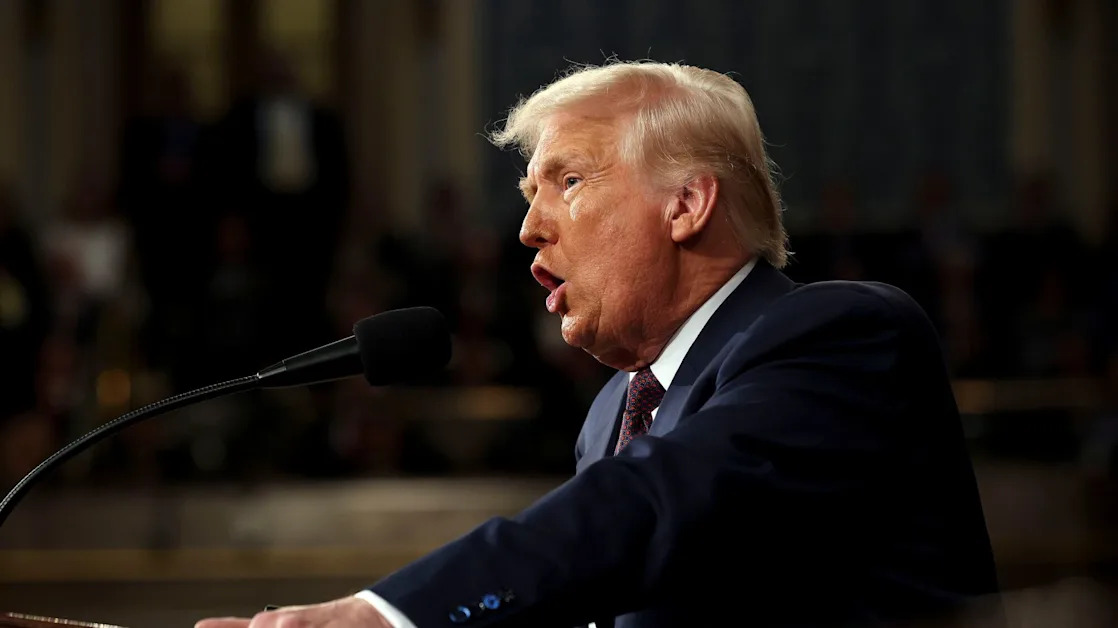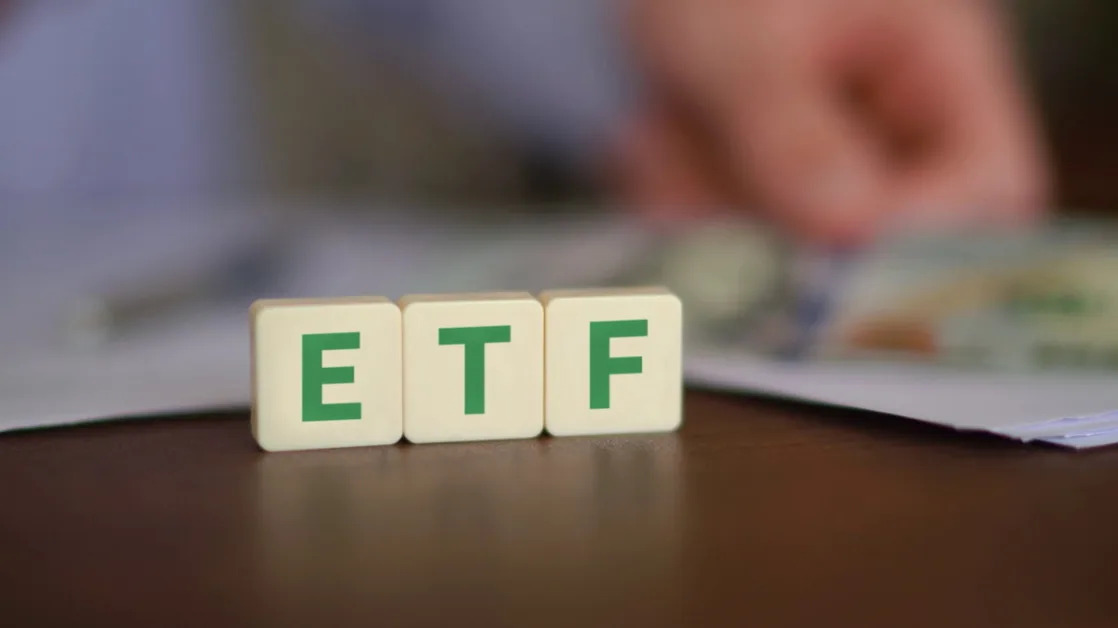(Bloomberg) -- Peru restarted monetary easing after one of the lowest inflation rates in emerging markets fell even further.
The central bank cut its key interest rate to 4.75% from 5% on Thursday, as forecast by seven of 11 analysts surveyed by Bloomberg. The others had expected policymakers to hold the rate at 5% for a second month.
Inflation slowed to 1.97% in December, unexpectedly ending the year below its 2% target. That’s created more space for policymakers to lower borrowing costs and provide extra support for the economic recovery.
“The interest rate is approaching the level estimated to be neutral,” the central bank said in a statement posted after the announcement. The bank reiterated that inflation is expected to remain controlled for the foreseeable future and that the economy is operating near its potential, suggesting there is no need for monetary policy support.
Peru began easing monetary policy in 2023, though has paused this from time to time to ensure that price pressures remain under control.
Peru has the lowest interest rate, and consumer price rises among major economies in Latin America. Central bank chief Julio Velarde forecasts that inflation will remain close to its target over the next two years.
Core Inflation
Even though headline inflation is back below target, Velarde and his colleagues fret that core inflation, which excludes volatile food and fuel costs, remains higher than they would like. Core inflation accelerated to 2.6% in December and central bank officials have said in the past they want it closer to 2%.
Peru’s economy has bounced back from a recession in 2023 and is forecast to have grown around 3% last year. Finance Minister Jose Arista expects the economy to grow at a similar rate in 2025, which is high for Latin America but lower than the growth rates Peru showed earlier this century.
Policymakers across Latin America are trying to gauge the inflationary impact of planned tariff increases by incoming US President Donald Trump, which could potentially stoke price rises by boosting the dollar against their currencies.
--With assistance from Rafael Gayol.
(Adds statement from central bank in fourth paragraph)





